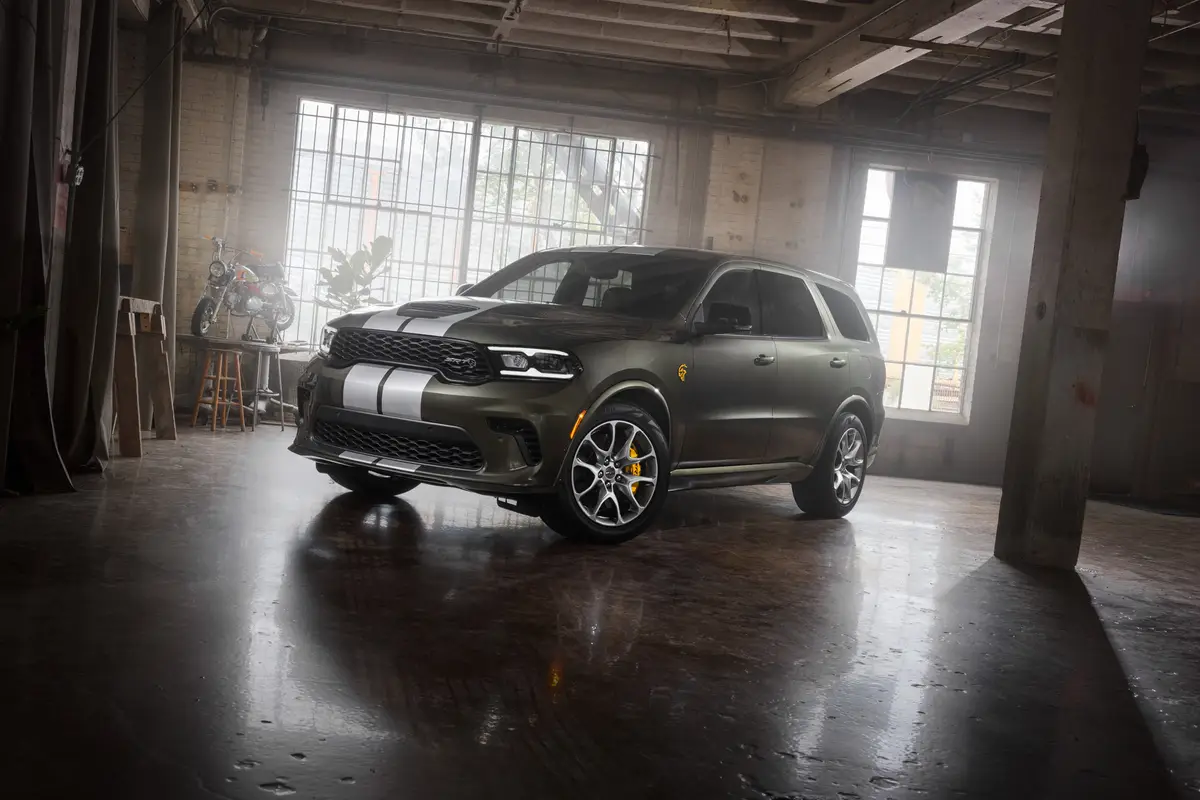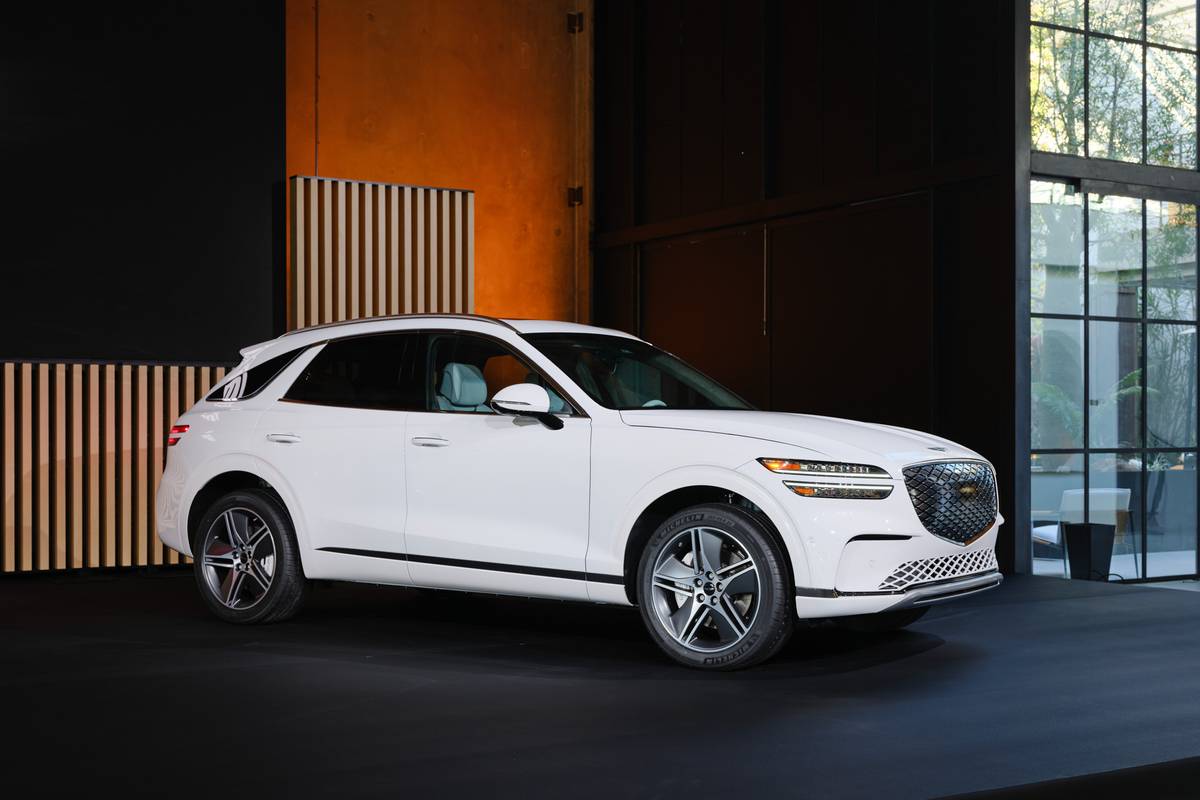Orlando Sentinel's view
Despite its faults, I like the Peugeot 405 Mi 16.
By American standards, French cars have always been a little weird, but that’s part of their charm. You drive something French like a Peugeot or a Citroen if you don’t want to fit in with the Buick-BMW-Mercedes-Cadillac crowd. These days a car needs to be nearly perfect if it is to succeed in this tough market. Peugeot doesn’t sell many cars in the United States each year, but it does have a loyal following. The test car had more holes in it than a colander, but unlike so many other cars, it does have a personality.
The attention to detail is awful, but the basic engineering is sound and the ride is terrific. Is that enough to cancel the car’s myriad of minor faults? That depends on how much of an individualist you are.
ENGINE, TRANSMISSION
Let’s set the record straight. Though the Peugeot has some glaring problems in the way it is put together, it isn’t likely to leave you stranded on the side of the road. Peugeots are renowned for their toughness and durability. They regularly finish at or near the front of the pack in the grueling Paris-Dakkar rally.
The Mi 16 is powered by a 1.9-liter, twin-cam 16-valve four cylinder. The engine has a Bosch fuel injection system that cranks out 150 horsepower, enough power to propel the 2,715-pound car to 60 mph in about 9 seconds. Performance is roughly equal to that of the Audi Quattro or Jaguar Vanden Plas.
Aside from being a little flat off the line – as many 16-valve engines are – the Peugeot is a spirited performer, especially in the 3,500-to 6,500-rpm range. The Mi 16 is a front-wheel-drive car, but that is not easily detected. If you push the car to its limit, you won’t feel the slightest trace of torque steer. Fuel economy averaged nearly 25 miles per gallon in spirited city/highway driving using the air conditioner – excellent for a midsize car.
The test car came with a five-speed transmission. The clutchpedal was stiff and did not have a lot of travel. This could be bothersome in congested areas. The shifter had a solid feel to it, but it moved vaguely through the quadrant. In fifth gear at 65 mph the engine hums.
STEERING, HANDLING
The Mi 16 has all the goodies you’d expect for $20,000: four-wheel independent suspension, power rack and pinion steering, four-wheel power disc brakes with ABS, and anti-sway bars. There is, however, no air bag.
The car’s road manners are like those of BMW. The suspension is firm in a sporty way. There’s very little body roll, and if the 405 has a tendency to oversteer or understeer, I couldn’t detect it. The brakes require quite of bit of pressure before the anti-lock mechanism kicks in. But the system works well and pulls the car to halt competently.
The power-assisted steering had a good, solid feel to it, and the turning radius is nice and tight.
FIT, FINISH, CONTROLS
Here is the car’s weak point . The knob for the seat adjustment got sucked into a vacuum cleaner. The tachometer needle moved in increments, instead of sweeping smoothly across the dial. The rear-view mirror on the windshield was loose. The radio-controlled door locking system did not work. The ash tray came out in my hands. So did the driver’s seat headrest. On one occasion the motorized seatbelt on the passenger’s side demonstrated a mind of its own.
On the plus side, the 405’s seats were excellent. The leather-covered buckets were fully supportive and thoroughly comfortable. But the car is not made for tall people. Room is limited; the trunk is huge.
In general, I like the interior layout. The switches for the windows are big and well-lighted, making them easy to find at night. The air conditioning/heating unit works well and is easy to operate.
Latest news



